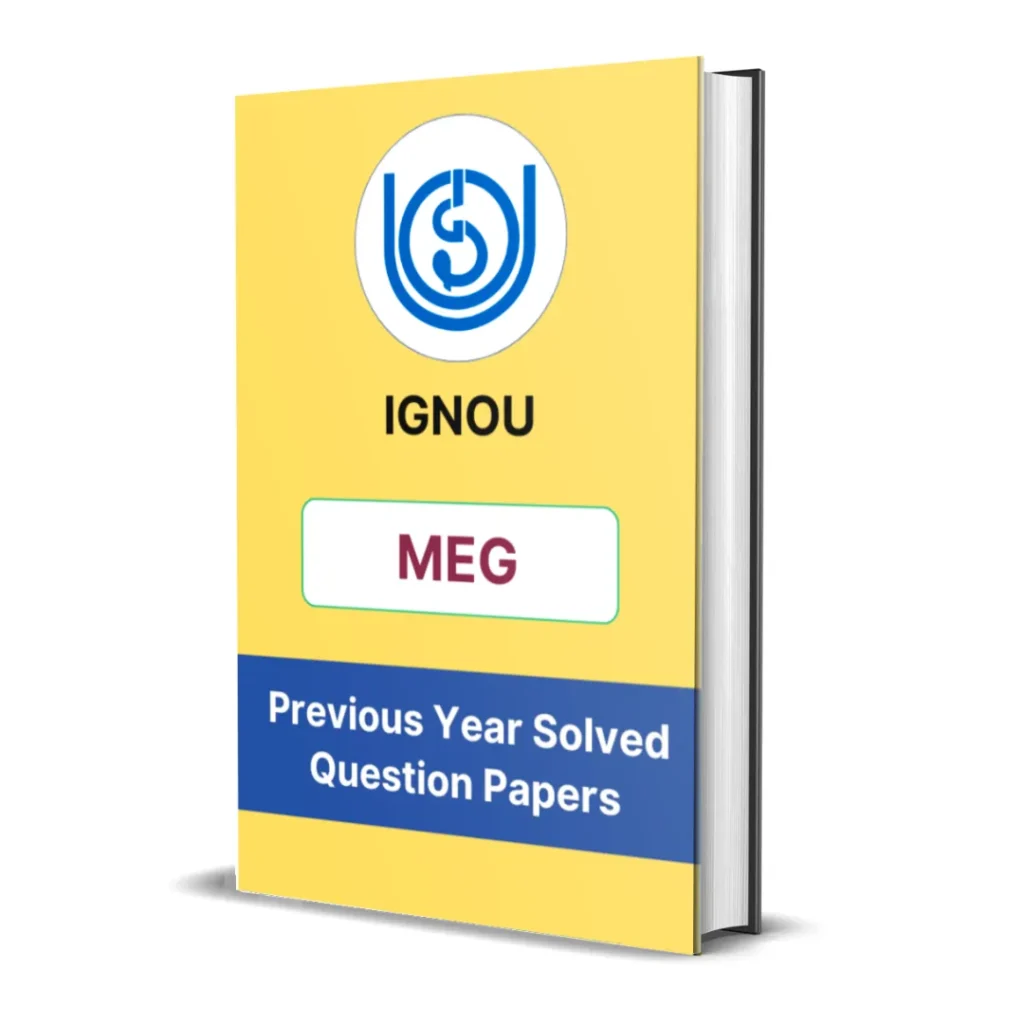MEG-03 Block 9 Summary | Muriel Sprak: The Prime of Miss Jean
- Last Updated On August 13, 2025
Table of Contents
Here you will get the detailed summary of IGNOU MEG 3 Block 9 – Muriel Sprak: The Prime of Miss Jean Brodie.
We have provided the summary of all units starting from unit 1 to unit 5.

Introduction
Block 9 of the IGNOU MEG-3 course focuses on The Prime of Miss Jean Brodie by Muriel Spark, a sharp, satirical, and formally innovative novel that represents the postmodern shift in English fiction. Through the character of Miss Brodie and her “set” of girls, Spark critiques authoritarianism, manipulative charisma, and the influence of ideology—both personal and political. The five units in this block guide students through the literary, biographical, thematic, stylistic, and historical elements of the novel, while also locating it in the broader tradition of the English novel post-Modernism.

Unit 1 – The English Novel: Modernism and After
This unit provides the literary context for Spark’s work by tracing the development of the English novel from Modernism to Postmodernism. It explores how, after the modernist innovations of writers like Virginia Woolf and James Joyce, English fiction in the mid-20th century took a more experimental, fragmented, and ironic form.
Key features of postmodern fiction highlighted in the unit:
-
Fragmented narrative structures
-
Unreliable narrators
-
Parody and intertextuality
-
Focus on style over plot
-
Exploration of moral ambiguity
The Prime of Miss Jean Brodie fits this trajectory as it defies conventional linear narration and mixes comedy with a serious critique of power, education, and fascism.

Unit 2 – Muriel Spark: Her Life, Her Works, and the Text
This unit offers a brief biographical background on Muriel Spark (without delving into unnecessary personal details) and places The Prime of Miss Jean Brodie within her literary output.
Key points:
-
Spark’s writing is known for wit, economy, and irony.
-
She often explores themes like Catholicism, moral authority, and the tension between artifice and truth.
-
The Prime of Miss Jean Brodie (1961) was one of her most celebrated novels, notable for its concise narrative and psychological complexity.
The unit also introduces the setting: 1930s Edinburgh, an environment of conservative values and social hierarchies, in which Miss Jean Brodie emerges as a charismatic yet controversial teacher who shapes the lives of her chosen pupils—the “Brodie set.”
Unit 3 – Analysing the Text – I
This unit provides a detailed analysis of the plot, characters, and structure of the novel, focusing particularly on:
-
Miss Jean Brodie as a deeply flawed yet captivating character who sees herself as being in her “prime”—a time when she believes she has the greatest influence.
-
Her teaching methods are unorthodox, personal, and ideologically driven, placing emphasis on art, culture, and loyalty to herself, rather than academics.
-
The Brodie set, especially Sandy Stranger, serves as a mirror and challenge to Miss Brodie’s authority.
Notably, the novel employs non-linear narration. Readers are told from the beginning that:
-
One of the girls will betray Miss Brodie.
-
Miss Brodie will die of cancer.
This temporal looping is a key postmodern technique that undercuts suspense and instead emphasizes psychological insight and moral interpretation.

Unit 4 – Analysing the Text – II
This unit deepens the thematic analysis by exploring:
-
Power and Influence: Miss Brodie manipulates her pupils, even encouraging a romantic relationship between one of them and a teacher.
-
Fascism and Politics: Miss Brodie’s admiration for Mussolini and Franco is symbolic of her authoritarian worldview, revealing the dangers of charismatic influence.
-
Betrayal and Autonomy: Sandy’s eventual betrayal of Miss Brodie can be read as an act of rebellion, growth, or moral awakening.
Also discussed are the novel’s stylistic elements:
-
Concise, ironic prose
-
Blurring of narrator and character perspectives
-
Symbolic motifs, such as the school, art, religion, and vision
The unit encourages readers to question whether Miss Brodie is a villain, a tragic figure, or a victim of time and change.
Unit 5 – The English Novel: 1960s and After
This final unit situates the novel within the literary trends of the 1960s and beyond, particularly in relation to:
-
The rise of postmodernism
-
The waning of realist fiction
-
A focus on irony, fragmentation, and authorial distance
Muriel Spark stands out among her contemporaries for:
-
Her compressed narrative technique
-
Her moral and philosophical concerns, despite the surface wit
-
Her ability to combine psychological depth with narrative playfulness
This unit shows how Spark paved the way for later writers who blend literary seriousness with formal innovation, such as Ian McEwan, Angela Carter, and Julian Barnes.